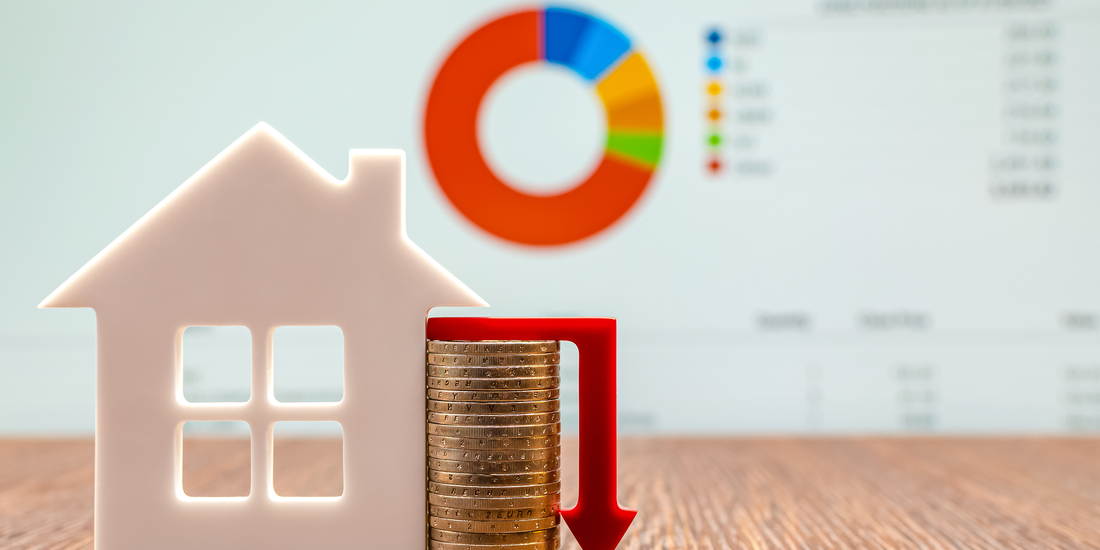|
Home loan activity has fallen since earlier in the year, but demand among first home buyers has held up better than that of other buyer groups.
Between April, when national property prices peaked, and August, the most recent month for which we have data, total home loan commitments fell 13.9%, according to the Australian Bureau of Statistics. However, the decline varied between different buyer groups:
CoreLogic's head of residential research, Eliza Owen, who analysed downturns since 2004, found first home buyer demand for finance during downturns has traditionally been resilient, with smaller falls in demand compared to the other two groups, and sometimes even increases. Ms Owen said there were two reasons for this:
0 Comments
The increase in interest rates over the past six months has made it harder for Australians to qualify for a home loan, and made it more important they get help from a mortgage broker.
Every rate increase of 0.50 percentage points reduces an average borrower’s maximum loan size by about 5%, according to the Reserve Bank’s head of domestic markets, Jonathan Kearns. Since May, the Reserve Bank has increased the cash rate by 2.50 percentage points – which means the average person’s borrowing capacity has fallen by about 25%. The key words here are ‘average’ and ‘about’ – because borrowing capacity varies not just from person to person but lender to lender. Two banks can offer the same borrower very different maximum loan amounts; sometimes, they might be more than $100,000 apart. With borrowing conditions getting harder, it’s vital you seek guidance from an expert broker. I work with a large panel of lenders, so I know which lenders would be more likely to offer finance to someone with your scenario. I can then present your application in such a way as to maximise your chances of approval |
AuthorRachael Bland – Founder & CEO Archives
February 2024
Categories
All
|
|
Privacy | Credit Guide | FAQs | Calculators
T: 0421 73 88 30 | E: [email protected] Credit Representative Number: 427013 | Australian Credit Licence Number: 391237 | MFAA Accredited Credit Advisor 150638 | Copyright © 2019 Get Smart Results Pty Ltd |
Website by Mint Creative Circle
|





 RSS Feed
RSS Feed
